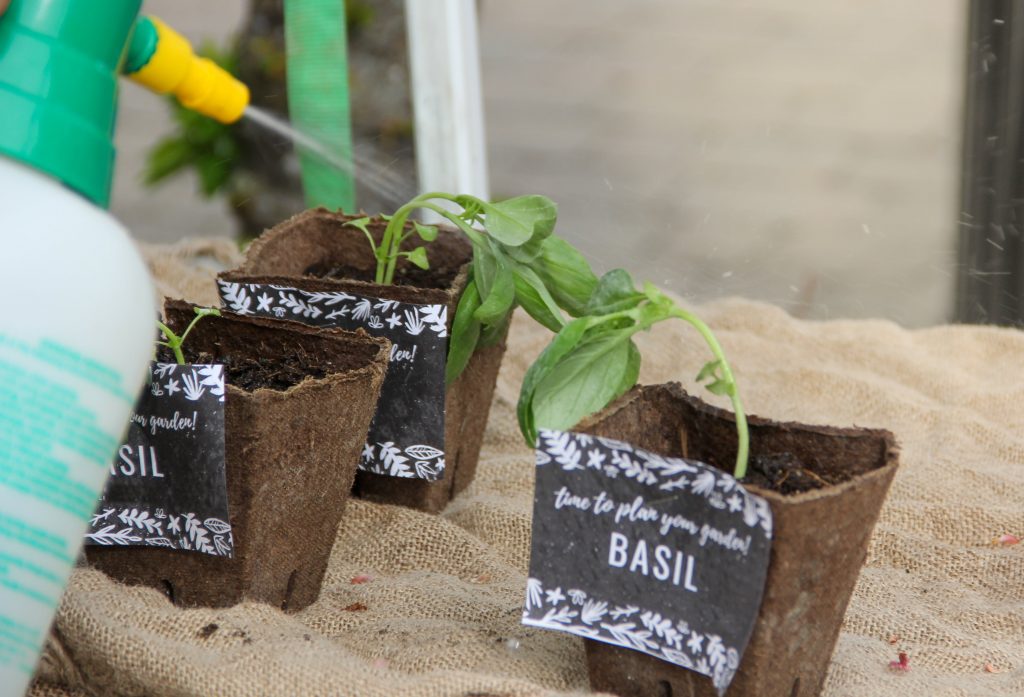
A Guide to Container Gardening
Container gardens offer numerous advantages and are easy to manage. They make gardening accessible for everyone – especially those with limited mobility or the elderly – as well as giving you the flexibility to customize your look as desired.
Container gardening is ideal, providing plants with adequate light, water and air circulation. Containers also create ideal growing conditions for a wide range of species.
Container plantings are the ideal solution for many gardeners, whether they’re out on their patio, in their yard or even inside their home. Here are some essential tips to get you started with this stylish style of gardening:
Choose the Right Containers for Your Needs
A traditional yard or garden may seem intimidating, but planting a container garden doesn’t need to take up a lot of room. An old wheel barrel or galvanized tin bucket can often serve as ideal containers.
Selecting the Correct Soil for Container Gardens
Container gardens require special soil mixes designed specifically for their purposes, unlike in-ground gardens where you can add fertilizers and compost to maintain healthy soil. Doing this will guarantee that your pots are filled with high-quality, fluffy soil.
Drainage holes at the bottom of a container are essential to avoid overwatering your plants’ roots and causing them to rot. This issue often arises with containers without drainage holes, where excess moisture builds up until it overwhelms them.
You can add gravel, pot shards or rocks to the bottom of a pot to aid drainage; however, these materials cannot truly replace drainage holes.
To guarantee adequate drainage in your pots, use a container with holes at the bottom. This simple and inexpensive solution helps avoid overwatering your plants.
Selecting the Perfect Plants for Your Container Garden
If you’re not sure which plants to add to your container garden, take a look at their label. It should tell you their habit – how they grow and what makes it suitable in a container. For example, an upright habit works well in tall containers while mounding or spilling varieties work better with wider pots.
Depending on the plant’s requirements, it may need either full sun or partial shade to thrive. When creating your container gardens, group plants that require similar amounts of sun together to maximize the amount of natural light available for all the plants.
As a general guideline, place the shadier plants at the top and sun-loving ones toward the bottom of a container. Doing this will help create an even design without too much overlap.
If you’re limited on space for a container garden, try creating either a tiered or hanging one to maximize the growing area available. A taller container will offer more vertical real estate for plants to grow and adding an eye-catching hanging garden will bring lush aesthetic appeal to your yard or patio.
